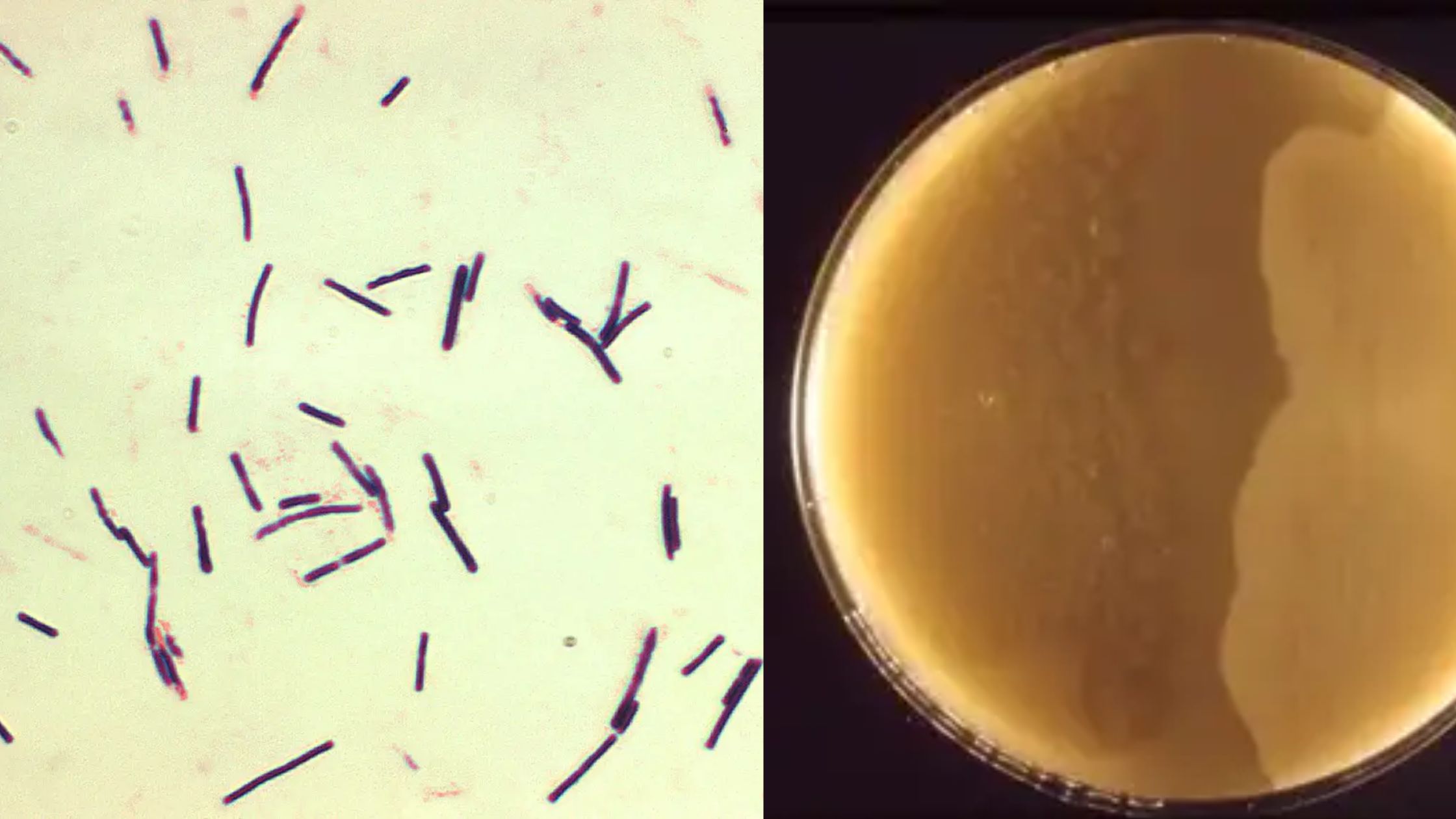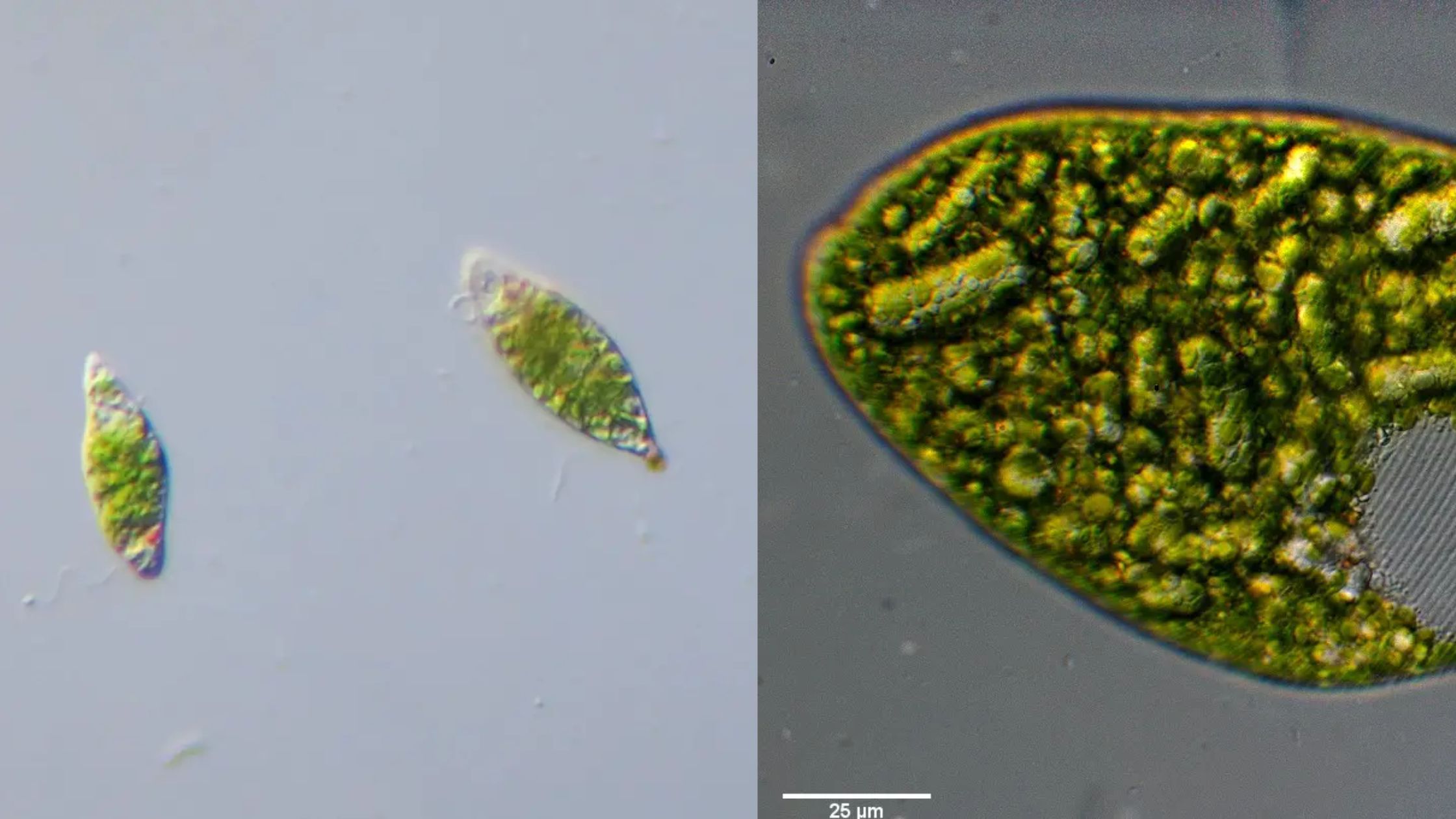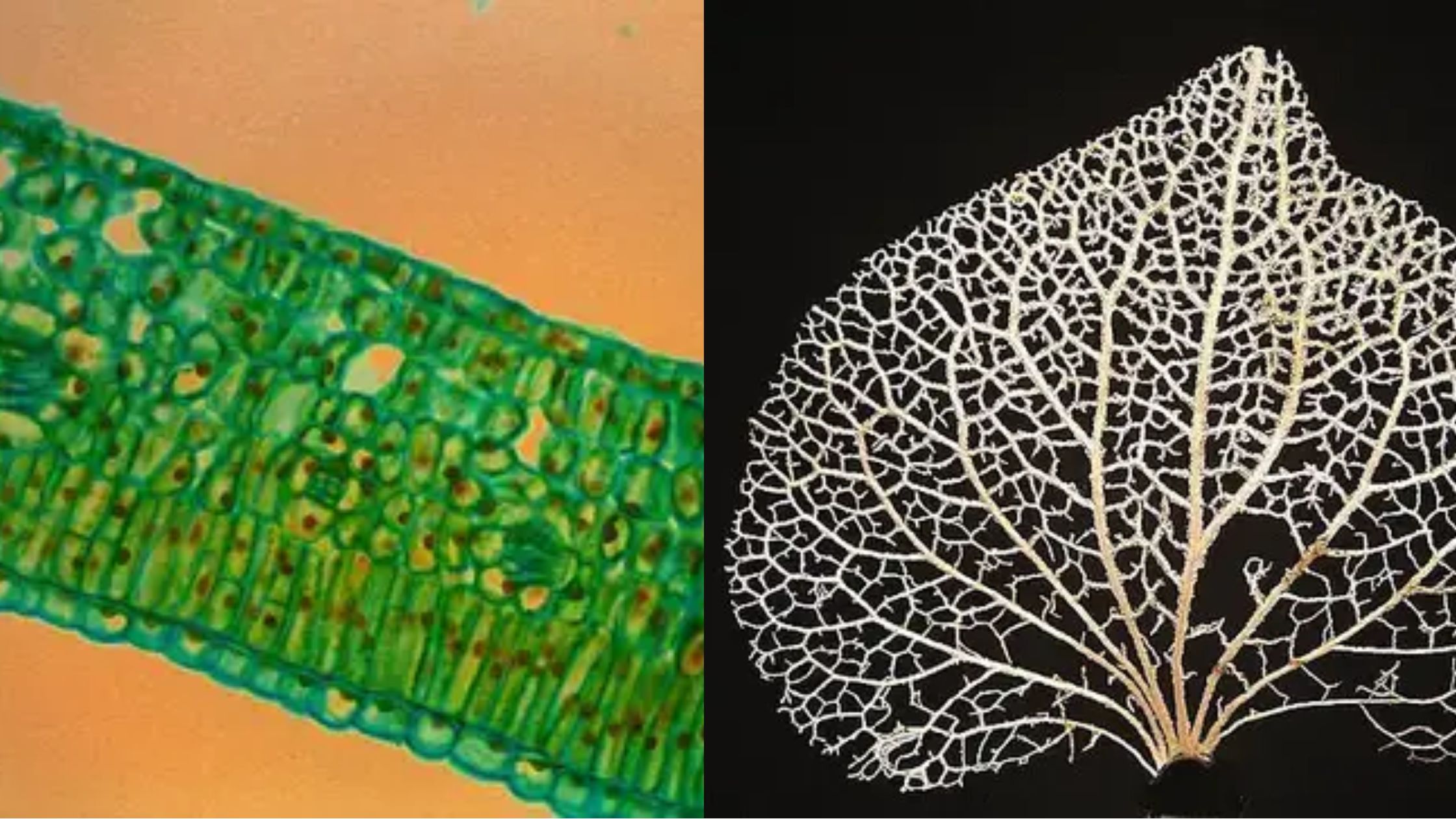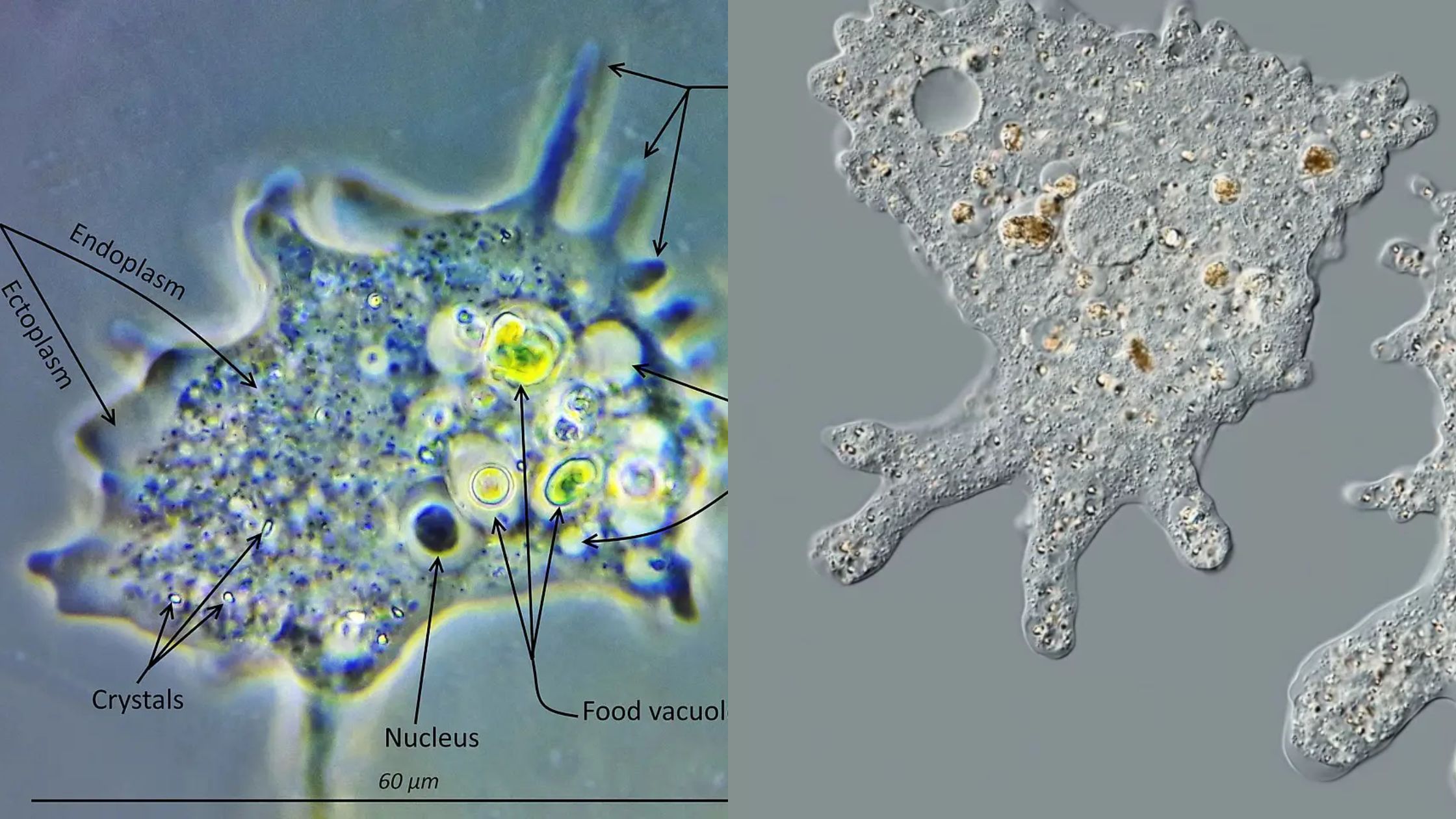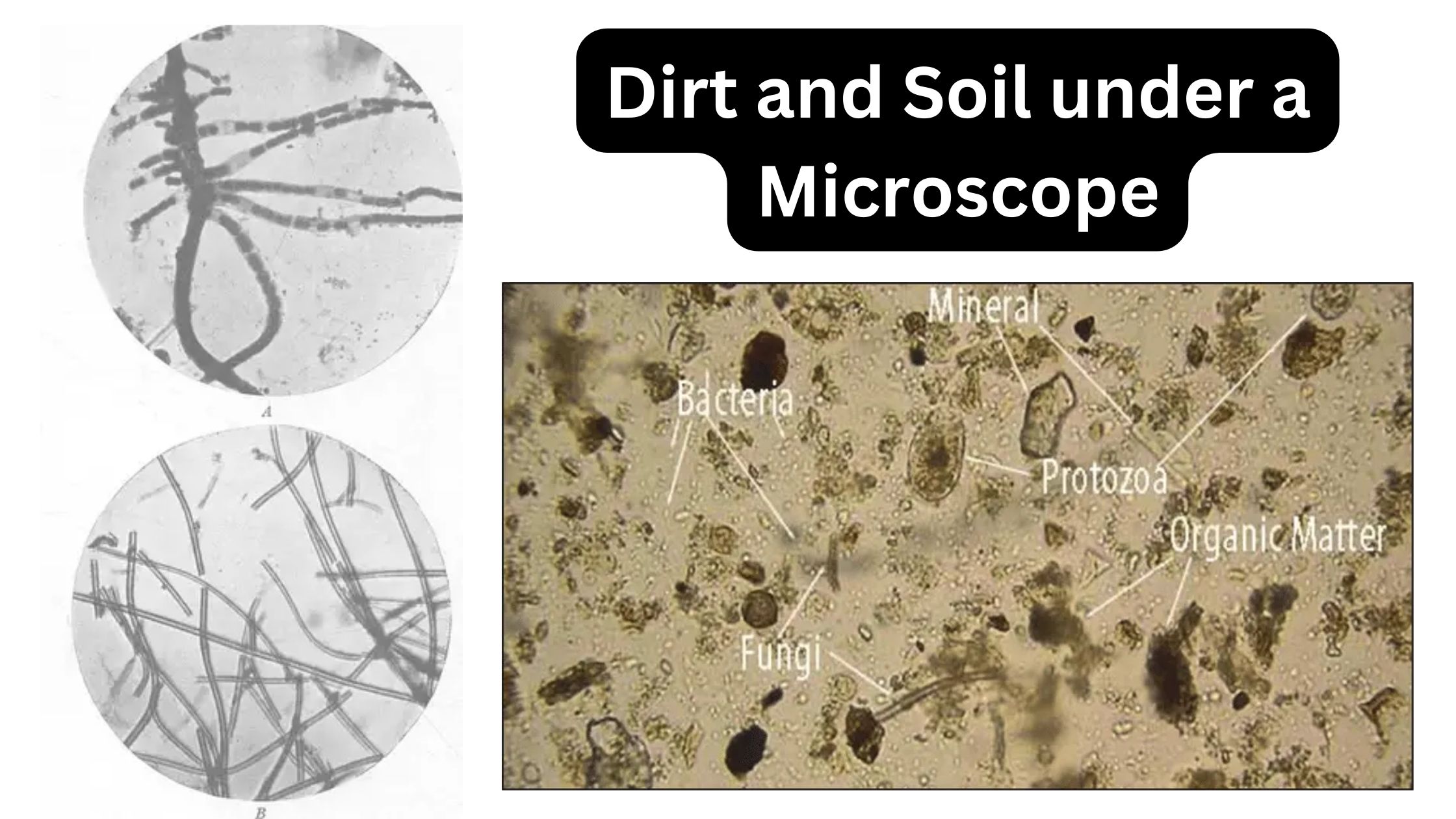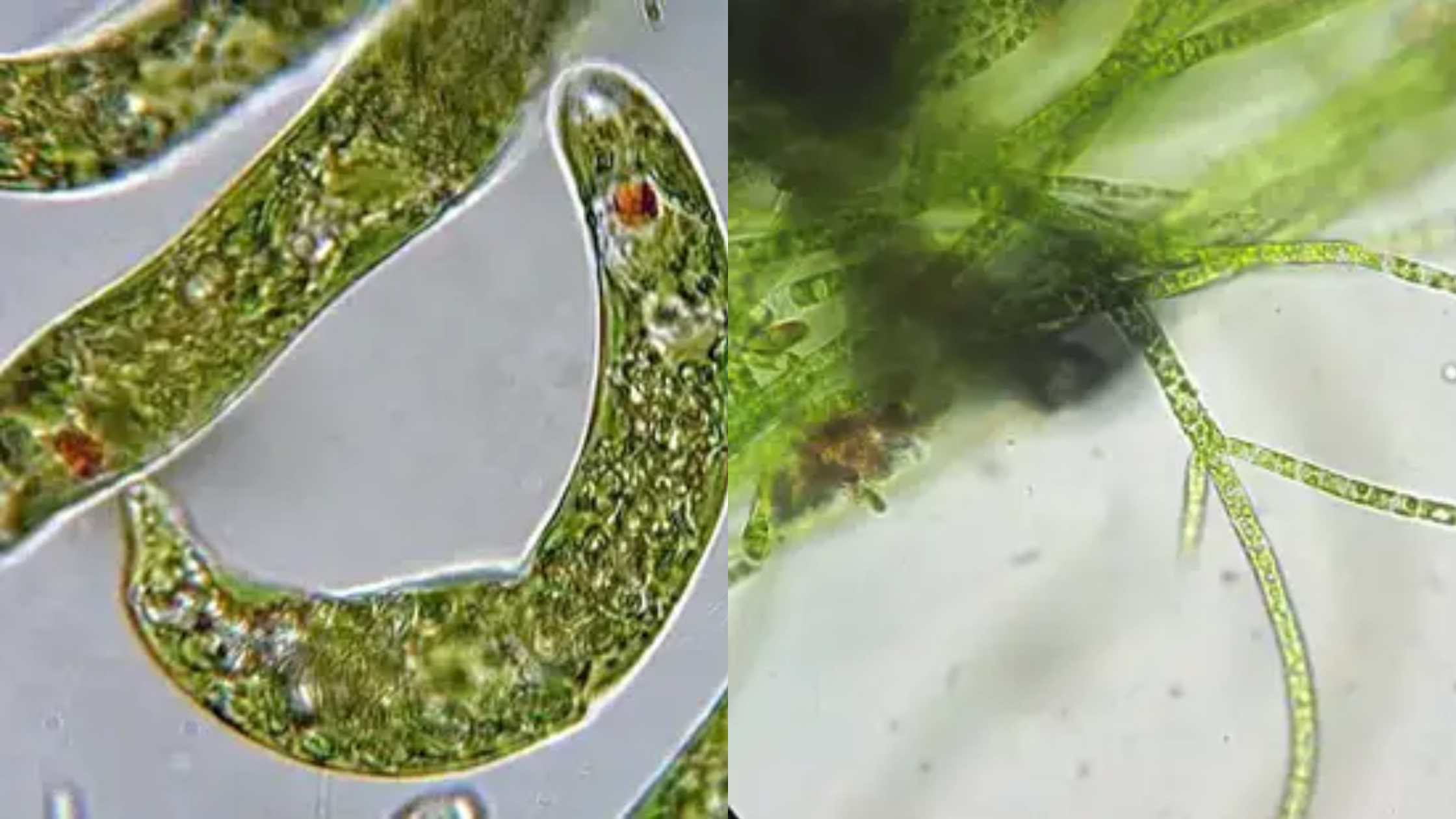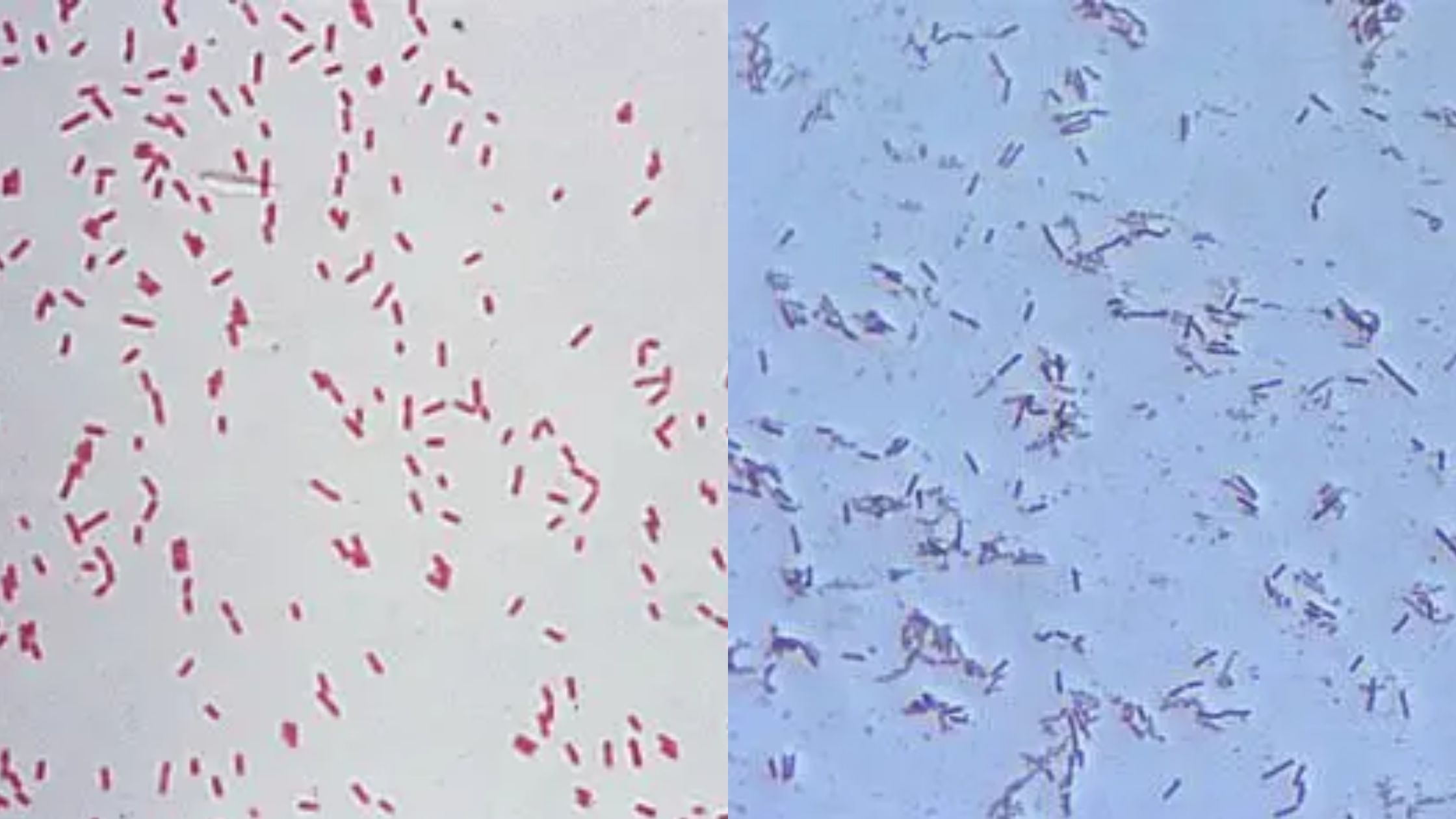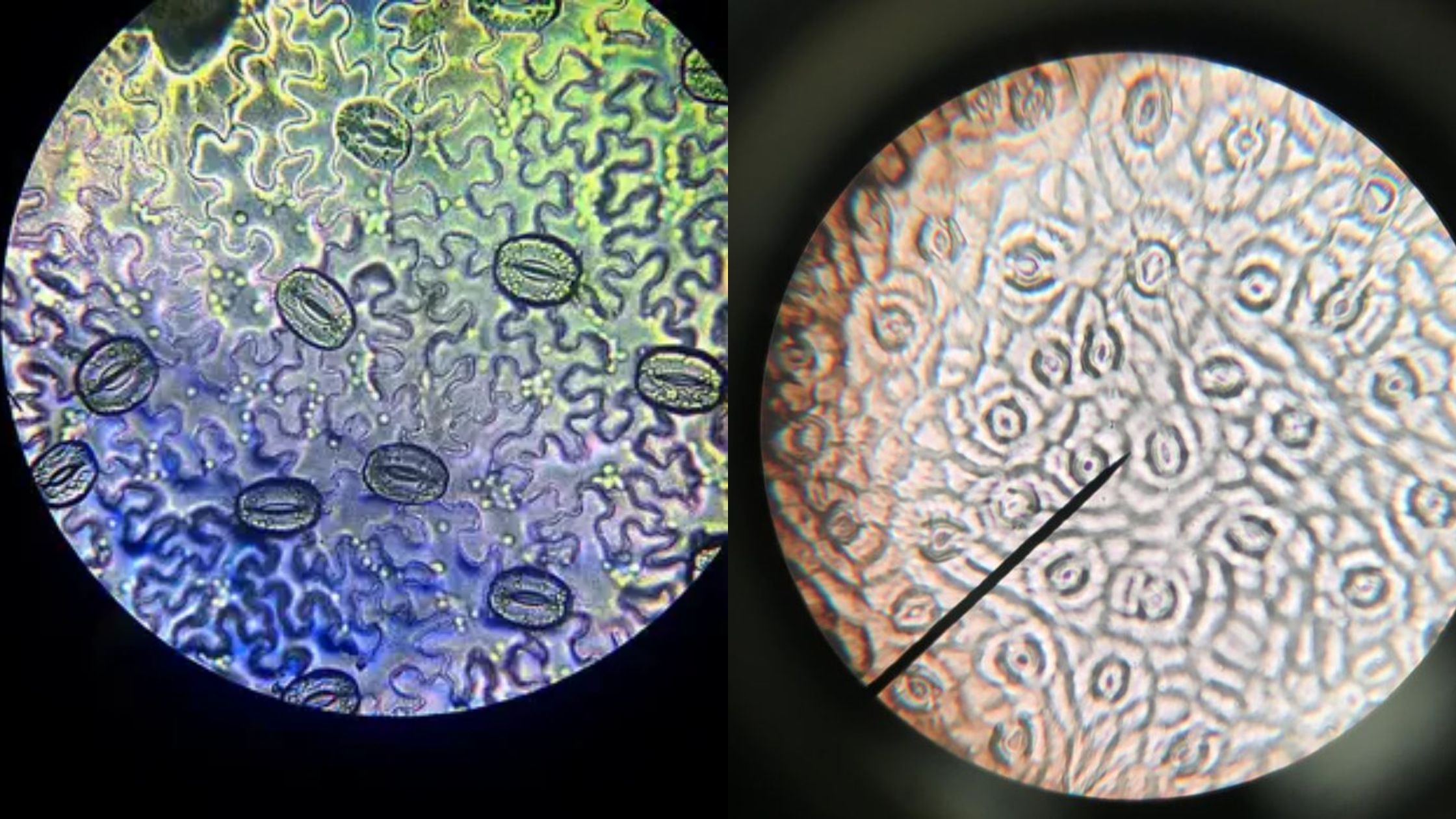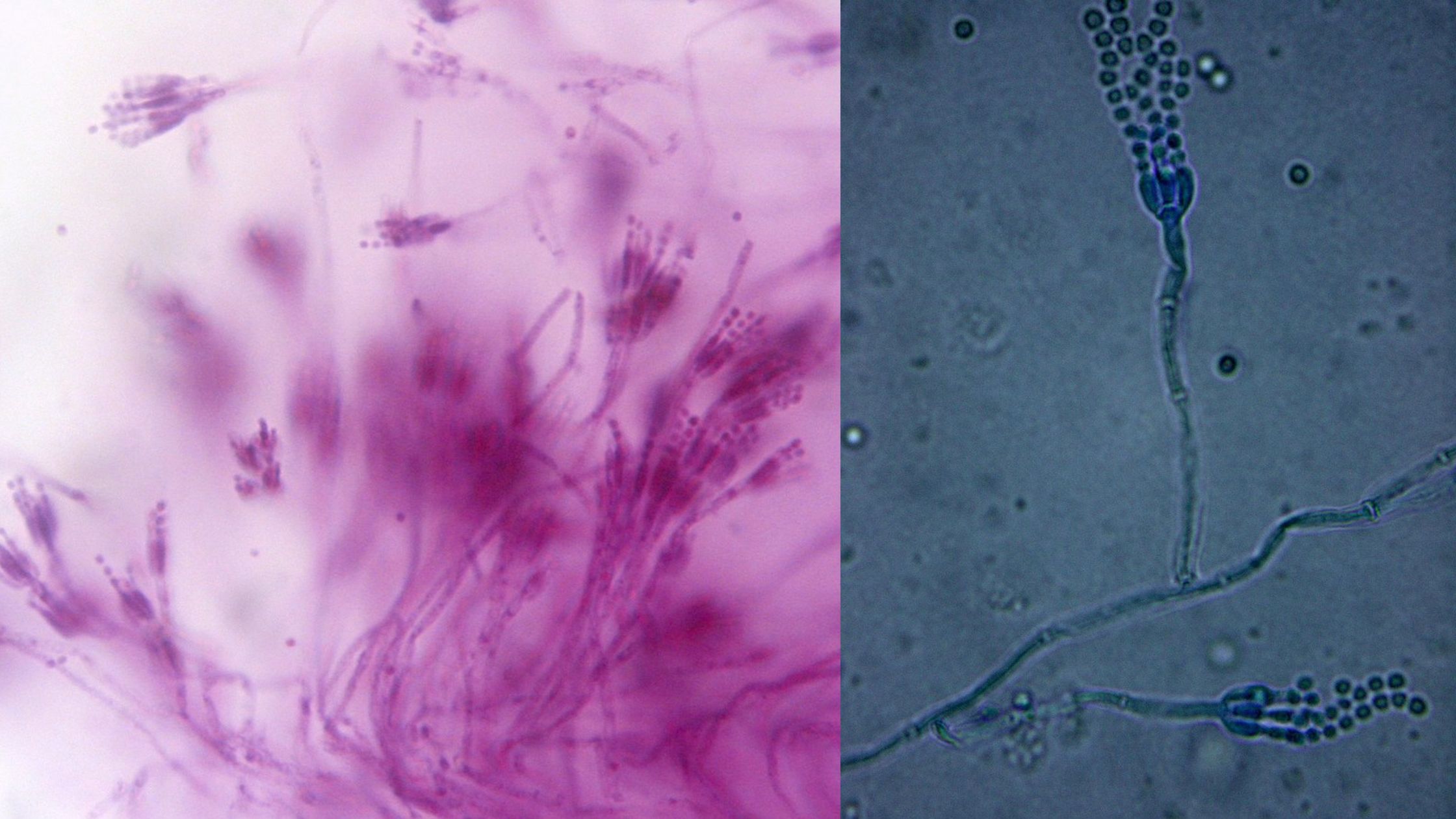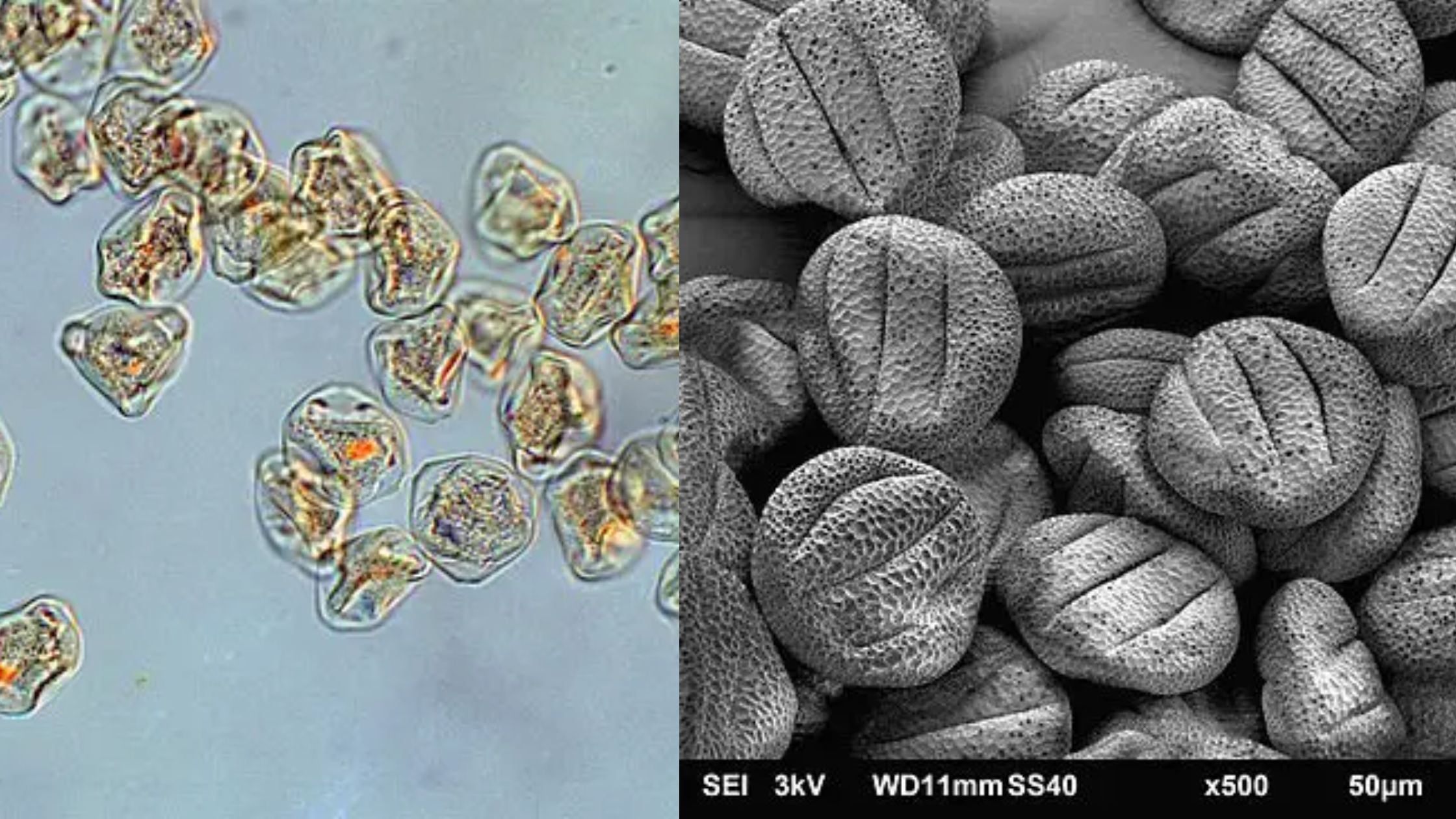Clostridium Under Microscope
What is Clostridium? Morphology of Clostridium Gram Staining of Clostridium The bulk of Clostridium are Gram-positive rods. C. difficile, for example, is a Gram-positive Clostridium that will look dark blue/violet due to the retention of the main stain (crystal violet) in its thick peptidoglycan layer. Although these bacteria appear Gram-positive, under certain conditions, they can … Read more
